It is impossible to predict the future–as much as we’d like to be able to.
We can, however, look around corners.
By looking at the emerging trends, the thoughtful projections of those in a given field, we can begin to make some forecast about the questions and opportunities likely to come into focus in the weeks, months, and year(s) ahead.
With all of that as context, I wanted to use my first piece of the new year to highlight five big things that I see on the horizon for education and learning.
Artificial intelligence and the use of new technologies to transform learning
There has been enough ink spilled on the impending impact of AI on education, learning, and society in the past year to fill a dozen encyclopedias; expect more in the year ahead.
The truth is that AI, nascent as it still may be, represents a transformation on the scale of the industrial revolution and very possibly even bigger. We are entering a new era, a new AI epoch even, for humanity. Our schools will be among the first parts of life and society to experience this change.
While this level of change can bring reasonable trepidation, it also portends the creation of entire universes of new ways of doing, being, and working. In education, we’ll see the creation of new means of applying technologies to the learning context.
These new technologies, intelligent agents, virtual tutors, and ever more responsive and adaptive curricula have the potential to help learners of every age, ability, experience, and background to flourish. It’s the personalized learning that we’ve long been promised, but thus far has yet to come to fruition. As the use of AI continues to advance in our classrooms, the growth and expansion of personalized learning technologies can remake how, when, what, and where learning takes place.
Student engagement, advocacy, and agency
Chronic absenteeism has reached a full-fledged crisis in the post-COVID school years. Millions more children are regularly absent from school in the years after COVID than those before with widespread chronic absenteeism in some 70 percent of the highest poverty schools compared to 25% pre-COVID. The social disconnection and distance from schooling during the pandemic is proving more durable than anticipated.
Student engagement, rebuilding that sense of connection and closing that distance between students and schooling, is therefore front and center as we enter 2024. The experience of the world’s high-performing education systems can be instructive to those efforts. In many of these systems, student engagement increases as pupils rise through grade levels. In the U.S., chronic absenteeism is highest among high schoolers.
One reason for this is that learning in those systems becomes more and more connected to student interests, more relevant to their futures, be they in college, career, or some other form of training. In the U.S., it’s often the opposite. Higher-level course work can feel less and less connected to the postsecondary future of many learners. With that comes declining interest and excitement for what’s on offer at school.
The rise of newly personalized learning, more robust career-connected pathways, and culturally relevant curricula are promising means of improving student engagement and attendance. As is the recognition of the need to center student voice in learning and in the broader ways that schools and communities function.
Leading the work in that area is a new generation of inspiring and talented young people. I am inspired by this new generation of student leaders and as the year progresses I’m sure you will be too. Among the incredible, world-changing work being done by this generation is a new national effort to educate and support student school board members. The National Student Board Member Association launched in 2023 with the mission to empower and elevate students who serve on boards of education so that they better represent students and strengthen the boards on which they serve.
The centering of student voice in tandem with the efforts to improve engagement overall point to a renewed focus on student agency. It’s timely given the obvious need to address chronic absenteeism and aligned with the way that Gen Z leaders are stepping into their futures with aspirations of positive impact.
Teacher and leader pipelines
Teacher shortages and supply mismatches continued to dominate headlines in 2023. In 2024, look for expanded focus on efforts to address the issue. Fortunately, there is great work underway around the country
We’ve seen increasing efforts by school districts and teacher preparation programs to coordinate more effectively and expert organizations like the Branch Alliance for Educator Diversity thoughtfully working to facilitate these partnerships. States-led efforts like Pennsylvania’s PA Needs Teachers alongside “grow your own” models of teacher and leader development are responses that are likely to continue to gain traction as more states and districts invest in programs focused on the health of their talent pipelines.
Representation with respect to race and gender in our teachers and leaders must be at the forefront of these conversations. Organizations like the Center for Black Educator Development are helping to address the demographic mismatch between our teaching force–overwhelmingly white–and our student populations–majority Black and brown. Similarly, organizations like Women Leading Ed are taking aim at the persistent and unacceptable gender gap in education leadership where despite nearly 8 in 10 teachers being women, just 3 in 10 rise to the top jobs in school districts.
Given its demonstrated impact on student achievement as well as the clear moral obligation we have to advance equity in education, these worthy pursuits must continue in the year and years ahead.
Future-ready education and systems to deliver it
There are powerful changes occurring in the world of work including the continued globalization of talent sourcing, quickening of automation, and the previously referenced rise of AI. Those changes will only accelerate. Students will need an education fit for a future dominated by these dynamics and an education that equips them with the ability to continue to learn across their lives.
That means looking at the whole of a state’s system and aligning it to ensure that all students succeed. Such efforts are already underway in Maryland and beginning to launch in Michigan, Pennsylvania, and beyond. Aligning systems to create future-ready graduates means shifting those systems from what has come to be known as P-20 (meaning pre-school through higher education) thinking.
Expanding career-connected learning, embracing a modernized take on career and technical education, and a transition to a lifelong learning paradigm are all elements of this shift that are front of mind as the new year begins.
Rethinking what, when, and how we assess student learning
The tired old battles about assessment will limp along, as they always do, in the year ahead. The more interesting and important conversation, however, will be about how we use assessments to not just understand what students know, but also how they are learning and how to improve that learning process.
That means more focus on testing the application of knowledge and more inclusive visions of what is important to assess in the first place. Talented and committed educators are advancing our thinking around how to measure what we really care about including academic learning, yes, but also personal wellbeing, social connection, and civic engagement.
While we absolutely must address the very real decline in mathematics performance of students in our schools, we should pay as much attention to ensuring we have the tools and awareness of how well students can collaborate, communicate, and create–and much, much more.
Optimistically Onward in the New Year
There will be more issues that rightly draw our attention in the coming year; there will be unexpected events that consume more mindshare.
But whatever issues we choose or are forced to address in the year ahead, our common aim must be trained upon the provision of an excellent education for all students.
We can disagree on the how of it, but always in the spirit of finding solutions that will benefit our children, our communities, and our country.
Here’s to a purposeful and progress-filled year ahead.


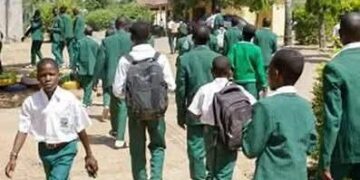
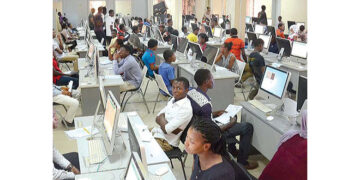



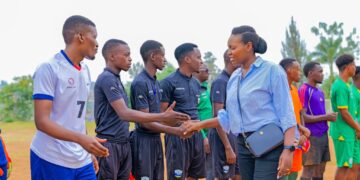



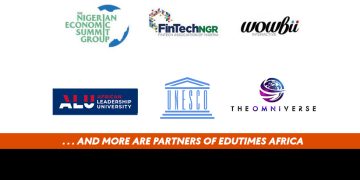








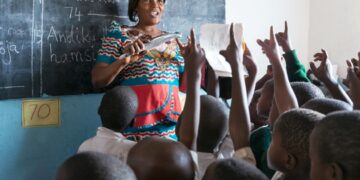































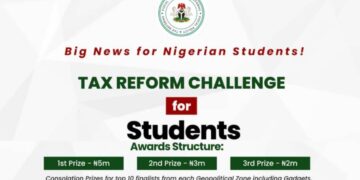



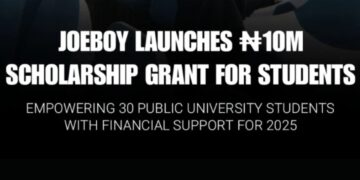



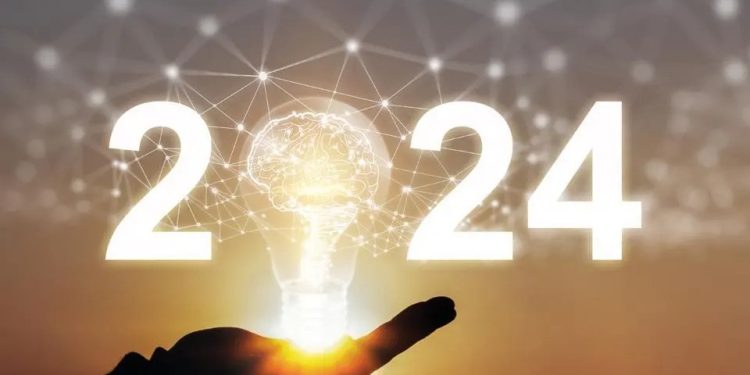







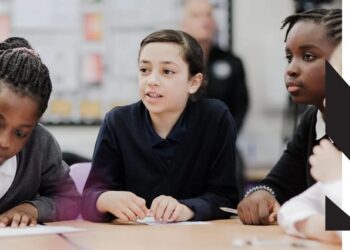










 EduTimes Africa, a product of Education Times Africa, is a magazine publication that aims to lend its support to close the yawning gap in Africa's educational development.
EduTimes Africa, a product of Education Times Africa, is a magazine publication that aims to lend its support to close the yawning gap in Africa's educational development.

